Many teachers are experimenting with new teaching styles, as Carlmont goes online for the first semester of the year.
With empty classrooms, deserted hallways, and classes taught 100% online, teaching in 2020 is certainly different. Few teachers are even on campus, and many others opt to teach from their homes.
However, teaching from campus does provide many benefits. As many start to experience the side-effects of self-isolation, being on campus provides teachers with a sense of normalcy.
“I like waking up early, getting here. I talk to a couple of teachers, who come to campus, and I talk to them every day,” Robert Tsuchiyama, algebra two and precalculus teacher, said.
While the physical differences are undoubtedly prominent, those are not the only challenges teachers face. Like students, many have had an unusual beginning of the school year as they learn to adapt to the new distance-learning format. For example, Anne Campagnet, the French I and II teacher, decided to teach from home and sectioned off a corner of her living room specifically for class.
When asked about her initial reaction to online learning, Campagnet said, “To say I was a little nervous would be an understatement. It took me a lot of time to figure out how I was going to do what I needed to do and how I would need to adapt the materials that I already have.”
However, after the first quarter, Campagnet was pleased with the way things went.
“The work that I put into it, and all the thought that went into it, and all the sleepless nights and endless hours that I’m still putting into it seemed to have paid off,” Campagnet said.
Similarly, Tsuchiyama was happy with the way the first quarter went. However, these results were only possible because of the many hours he spent filming videos that his students could use as resources.
“From the time we left school for the last quarter, to almost the entire summer, I was recording every day for hours,” Tsuchiyama said.
Distance-learning also means a change in curriculum.
“It’d be much better if we were in class and talking to one another and having small conversations,” Rowe said. “There are some activities that I haven’t done because they require too much interaction between students that you can’t do online.”
For many teachers, allowing students to have the time to get to know their peers better is proving to be a challenge. Similarly, teaching through a screen has left many feeling disconnected.
“The great part of being a teacher is being with the students and getting to know them,” Tsuchiyama said. “During distance learning, it’s much more difficult.”
Rowe expressed a similar sentiment.
“One thing that I struggle with is how much to force students to participate,” Rowe said. “Sometimes I think I should force more students to participate in class, call on students blindly, make sure they’re turning on their video, but I want to be sensitive to people’s privacy and where they’re able to meet the curriculum.”
However, while 2020 boasts a plethora of challenges in all aspects of school, Tsuchiyama still urges students to make the most of it.
“I would take this opportunity to develop as a learner. Learning on your own, using other resources when what the teacher applies isn’t enough. These are things you’re going to be doing for the rest of your life, so take advantage of that,” Tsuchiyama said.




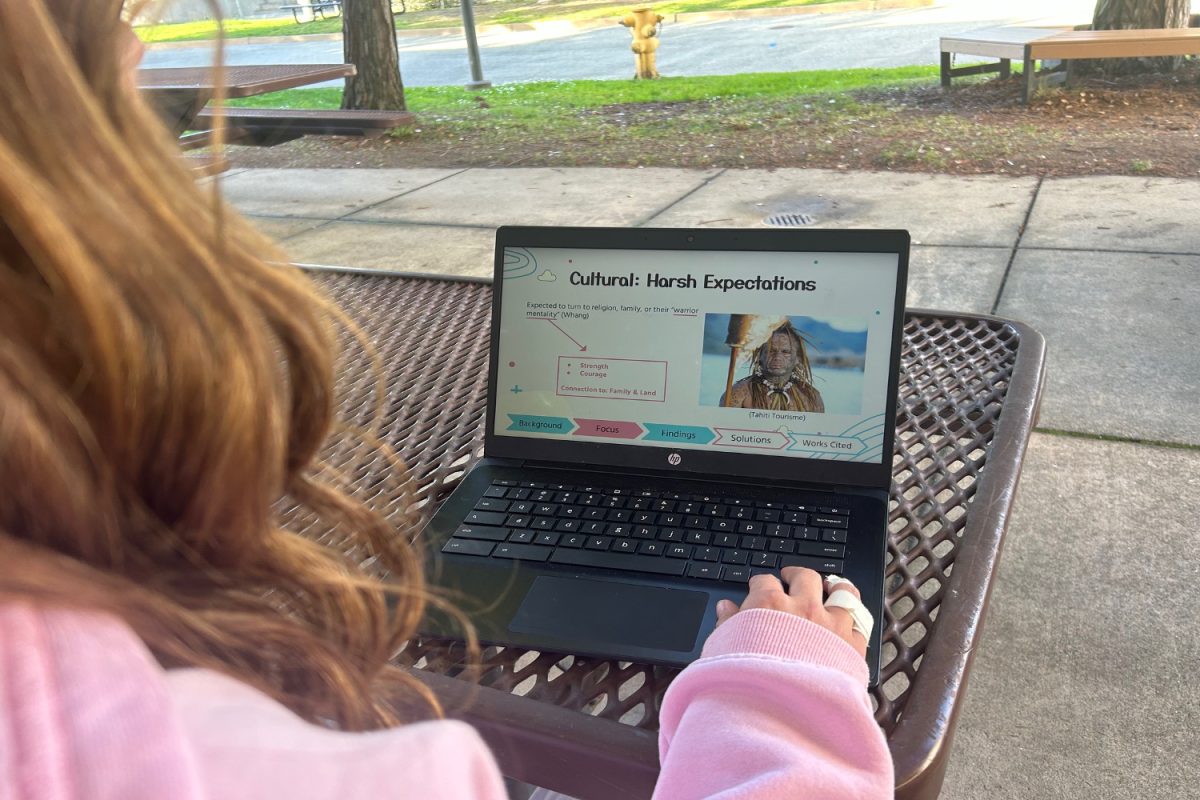
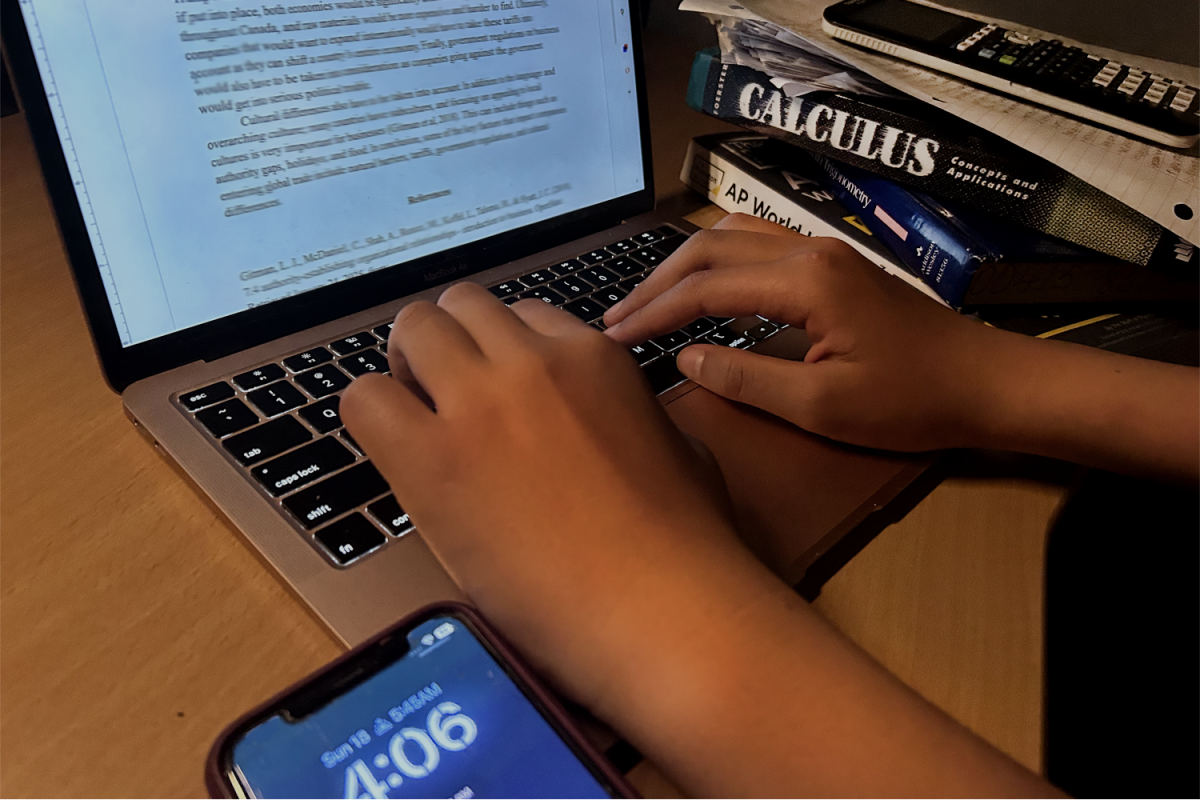
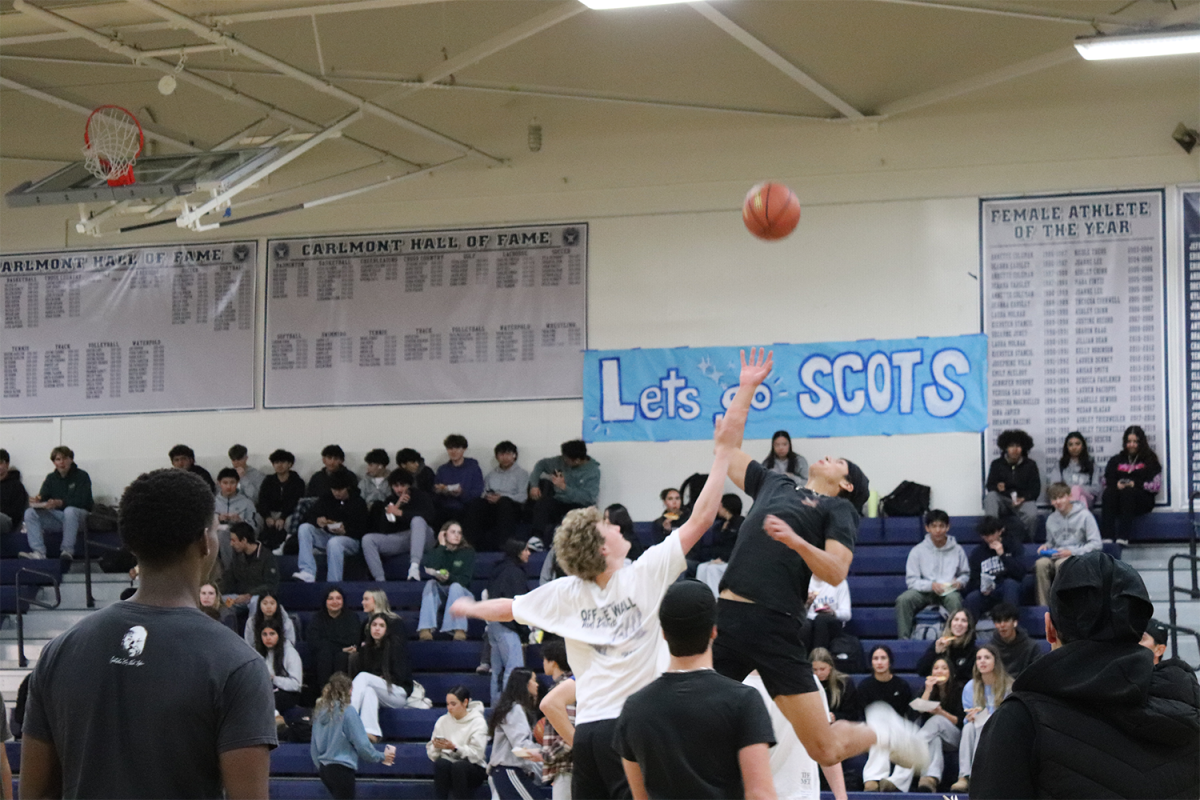


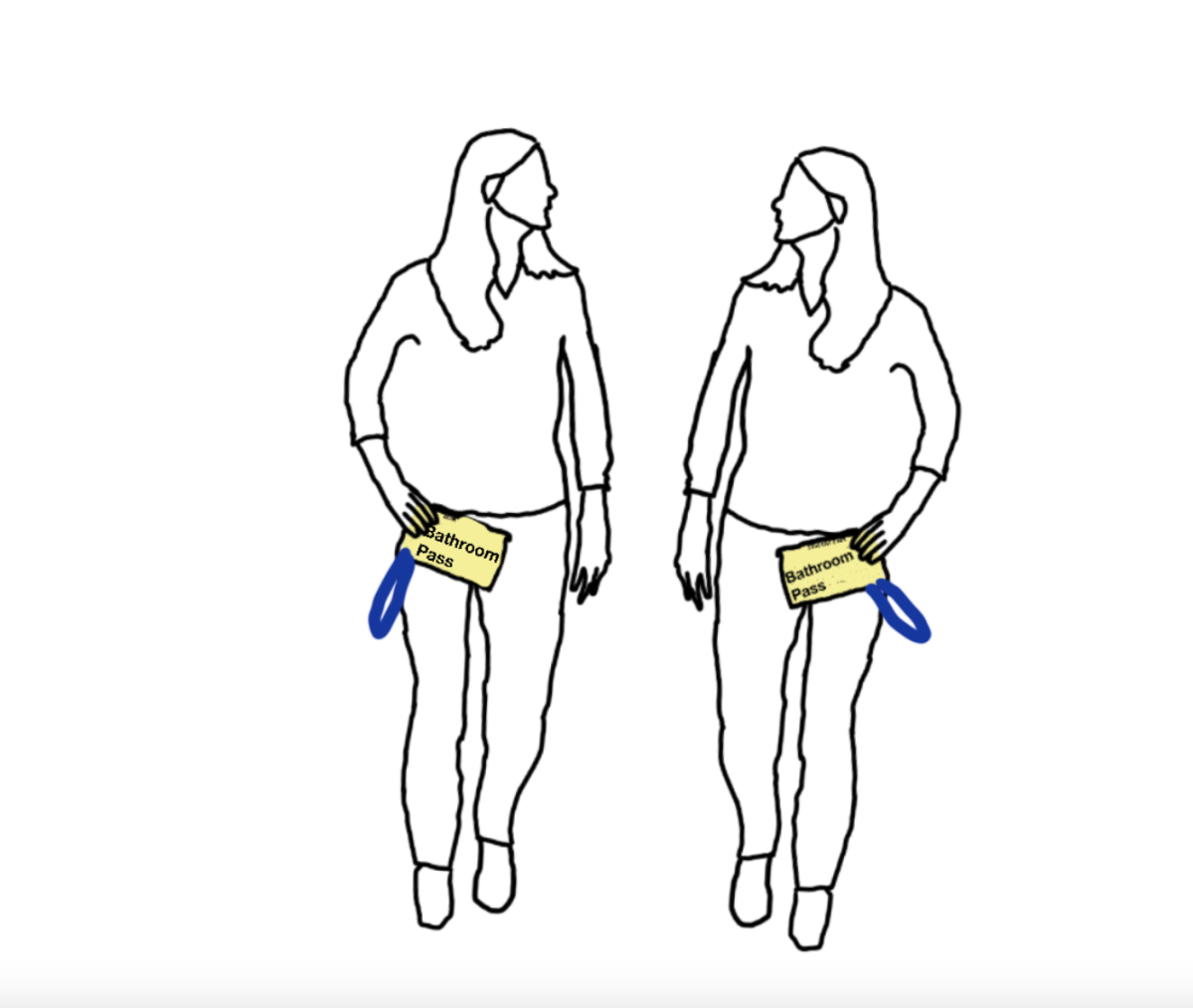
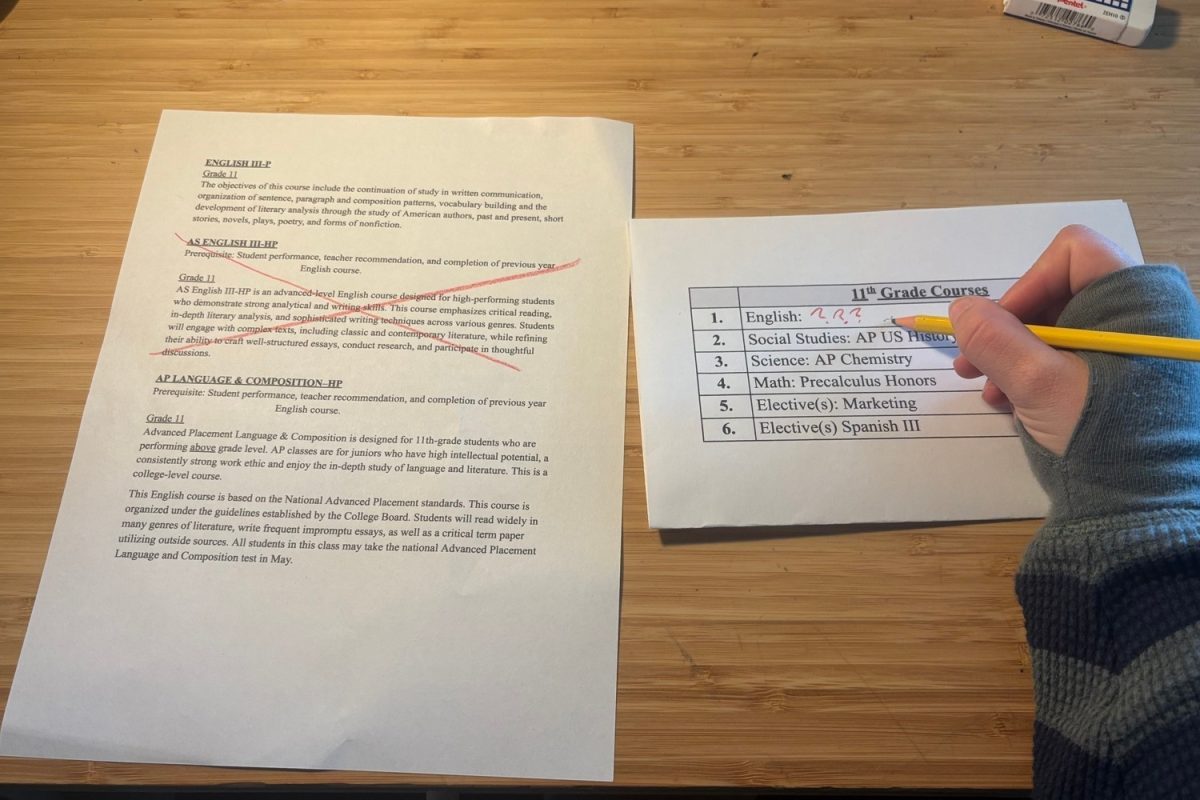
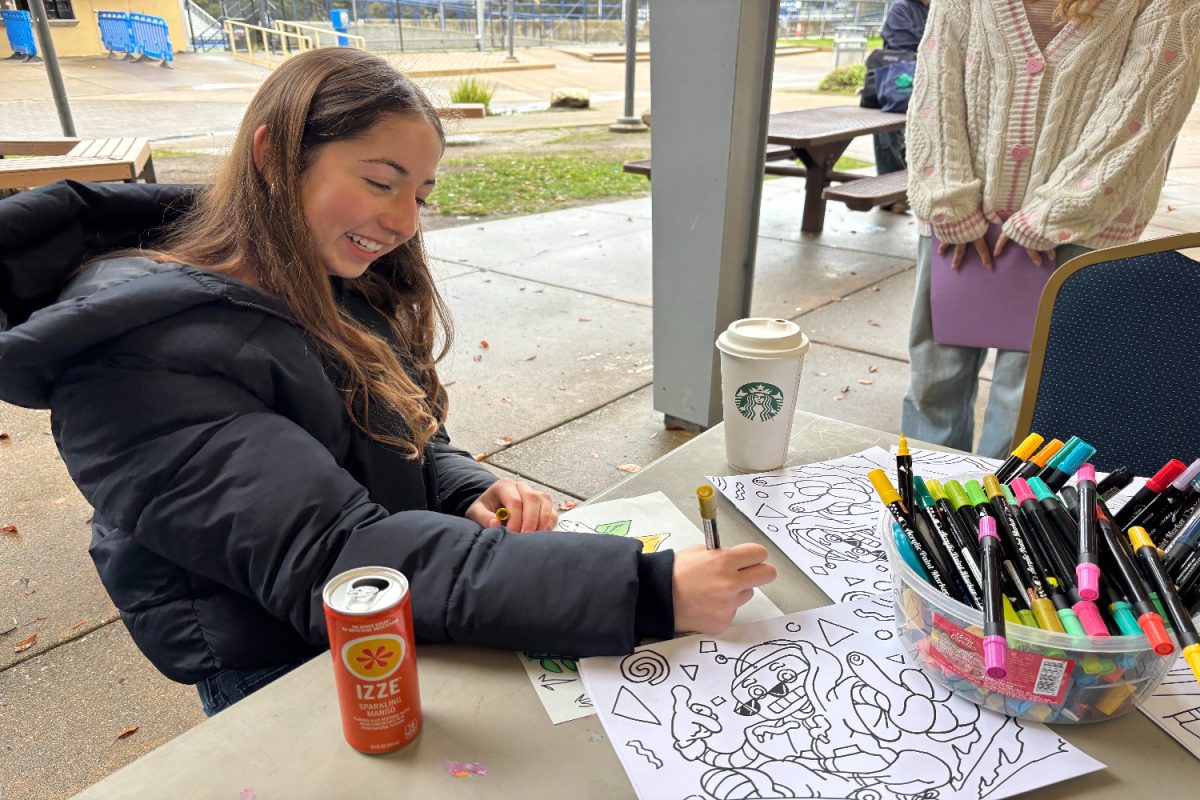











Olivia Sam • Nov 13, 2020 at 3:03 pm
I really liked your article! It was very informative and I liked how you showed the point of view of teachers since all we see is the point of view of students.